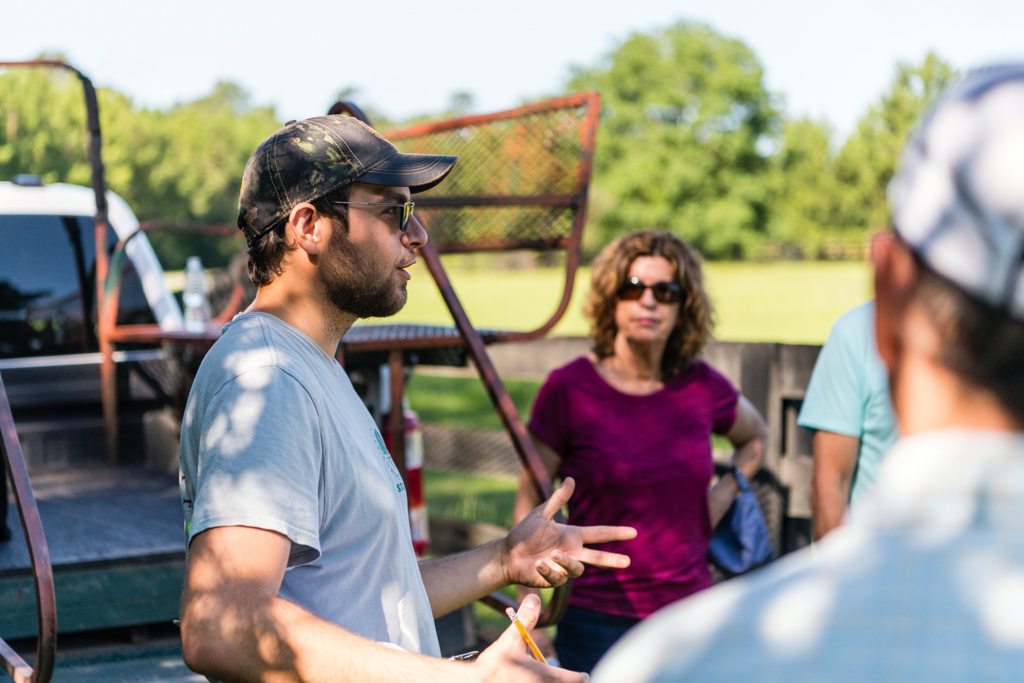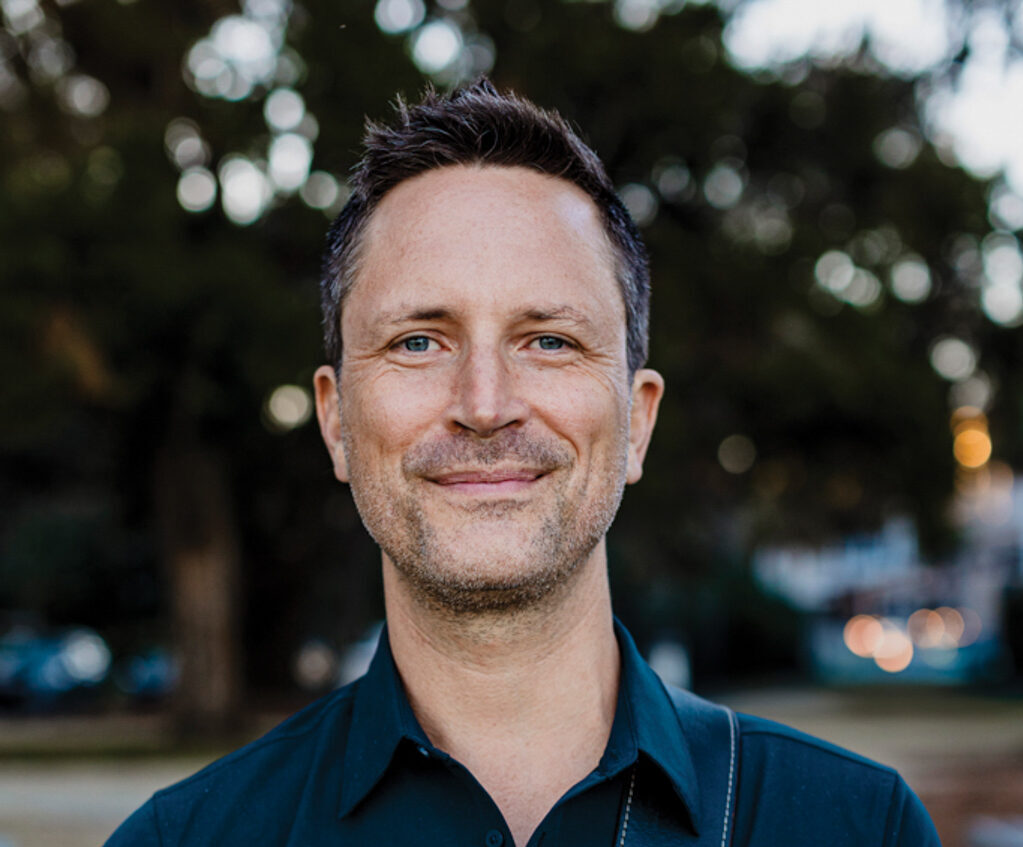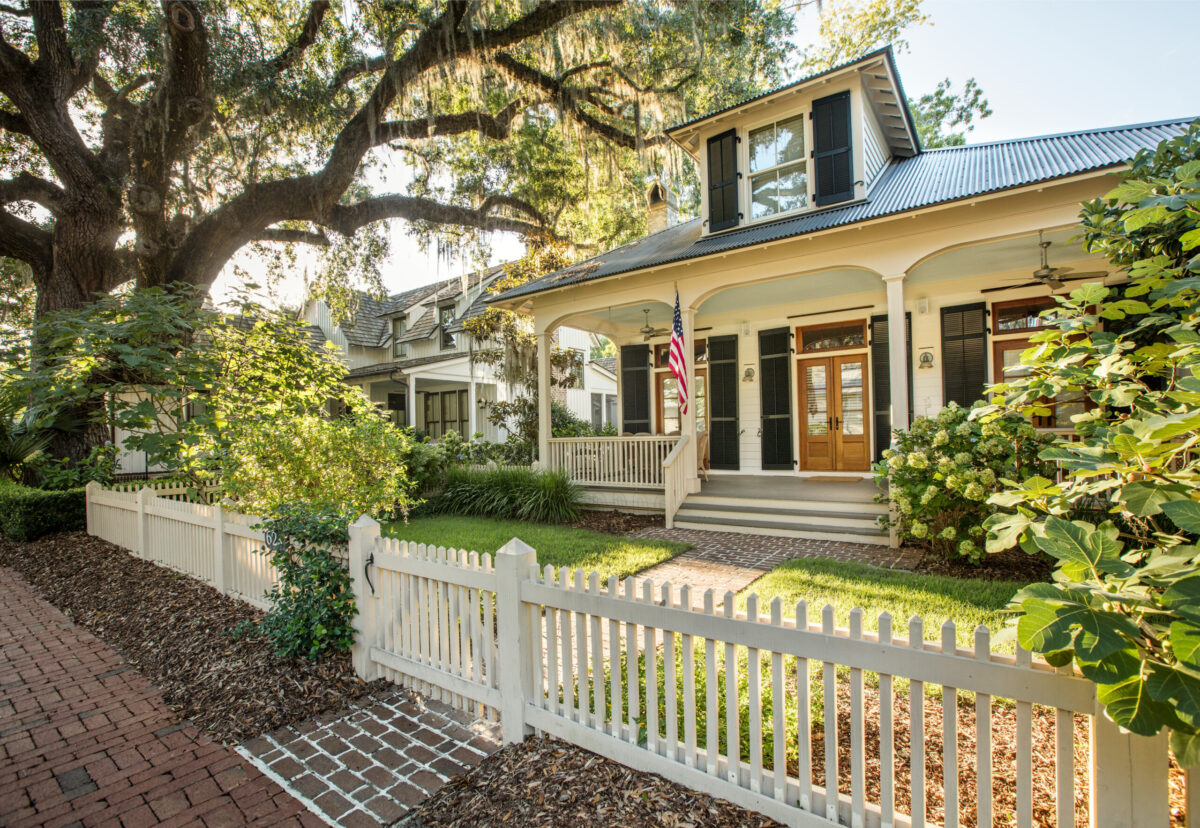Palmetto Bluff Real Estate Company Sales Office
Office Hours
Monday-Friday 9am - 5pm
Saturday 9am - 4pm
Sunday 12 - 4pm
Saturday 9am - 4pm
Sunday 12 - 4pm
Think back to the hottest pepper you’ve ever eaten. Recall how immediately your every fiber recoiled with that first bite. The way the incendiary sensation tore across the nerve endings of your mouth, inflaming you with agony that no amount of water could douse.
What you were feeling is capsaicin, a nasty little compound produced by peppers that your body thinks is poison. Since it assumes (sometimes rightfully so) that it’s being attacked, your body responds by lighting up pain receptors pretty much all over your body, inside and out. It’s something only the foolhardy push too far.
The amount of agony a pepper will leave you in is measured in scoville units. Depending on your tolerance, that hottest pepper you ever ate was probably a habanero, which runs from 100,000-350,000 scoville units. For comparison, Tabasco sauce runs 7,000-8,000.
Maybe if you’re adventurous, it was the legendary ghost pepper, which can run as high as a million. Pretty hot, right? That’s right about the same scoville range, for perspective, as pepper spray. Which, you might note, is not a foodstuff. It’s a weapon.
Now, take that same level of gastronomical torture and increase it by half. What you’ll wind up with is a 1.569 million scoville-rated gut punch of a pepper that goes by the name of the Carolina Reaper. Far beyond spicy, the Reaper is in a class by itself of peppers that tread the line between gastronomy and punishment. Which is why it’s so crazy that its inventor, “Smokin’” Ed Currie, is so cavalier about eating them.
“I eat them every day. I eat stuff made from them every day,” he said, before conceding. “Most people would not consider putting this in their mouth.”
But Ed Currie is not most people. The owner and chief mad scientist of the Puckerbutt Pepper Company in Fort Mill, S.C., Currie has long been fascinated by plants, a life-long devotion nurtured by his mother, a master gardener. Although he’s always had a green thumb, Currie actually started out in the financial industry. He still kept up his gardening, but it was of a… distinctly covert nature, and one that is not legal in most states.
“I got really into growing pot in the ’70s and ’80s,” he said candidly. Don’t worry, he just sticks to peppers these days, especially since his research into these tiny yet painful wonders proved that they may just be the cure-all for mankind.
“People around the equator have little to no cancer and heart disease,” he said. “They smoke, they drink, they do all the things they tell us not to do here. I could standardize everything they had in common and one of them was chilies.”
In fact, Puckerbutt isn’t just devoted to scorching taste buds. Currie devotes a slew of resources to researching health benefits of peppers, from cancer prevention to fighting childhood obesity. A powdered blend of chilies Currie created was found to increase metabolism and block fat absorption in overweight children, a key to helping end the epidemic.
And while his devotion to the pepper as science is laudable, it’s his devotion to creating the most powerful peppers in existence that earned him the nickname Smokin’ Ed.
Thanks to his reputation in the pepper community, Currie receives unique and exotic peppers from all over the world. Like a botanical Frankenstein, he started experimenting about 15 years ago, blending different strains and cultivars and combining peppers to see what genetic marvels he might unleash on the world.
When he created the world’s hottest pepper, it was almost by mistake. But given the Carolina Reaper’s lineage, it probably should not have been a surprise. The reaper’s mother is a habanero, but a particular type of habanero with lava in its veins, growing as it does only on a volcano. And the reaper’s father is a pepper so deadly some think it’s a myth.%GALLERY%“The paternal side is a naga that was given to me by a doctor from Pakistan,” he said. “He says it’s a Pakistani naga; a lot of people say there’s no such thing. But if you go to Pakistan, you go to the market, you’ll see it’s full of nagas.”
The maternal plant, a habanero whose exact genetic makeup is a closely guarded secret, was grown on a volcano known as La Soufrière on the island of St. Vincent.
“The Jackson family owns a resort on the island; Joan Jackson brought me a pepper saying mine weren’t hot enough,” said Currie. He calls it simply a habanero, but his guarded words say there’s more to the reaper’s mother than he lets on. “It’s a cross; we’ve had it tested, but we haven’t released any of those results. It’s more fun watching people guess.”
The reaper’s exotic and dangerous heritage almost assured that any offspring would pack a mean and lingering punch. That was Currie’s hope when he started pairing, but even he admits that what was produced from that unholy union went way beyond what he was expecting.
“I had no idea it was going to be that hot,” he said. “I had a rush through my body, all the hair stuck up on my arms… This thing brought me to my knees. I said, ‘Oh, I’ve got something here.’”
What he’d unleashed on the world turned out to be the pepper that would topple the fiery Trinidad Moruga Scorpion from its throne as the hottest pepper in the world. And while the Reaper’s overwhelming volume of capsaicin did a lot of the work, the act of getting the pepper properly enshrined required Currie to give the people at the Guinness Book of World Records an education.
“We introduced a scientific method to Guinness,” said Currie. “One of the previous records, and I won’t say which one, was established by guessing. For one of them they tested one pepper. You can’t get a valid result from one pepper. I can get one pepper to go 4 million scoville.”
Instead, Currie engaged in a four-year fight with the brewing company and keeper of records to prove why, scientifically, the reaper was the hottest. He collected three years’ worth of data from a single plant, from which Guinness pulled the lowest average yield: the record-breaking 1.569. The highest, for the record, was 2.189 million, which may as well be napalm at that point. (In fact, Currie has nine total strains ready to go that run even hotter, just in case some upstart tries to unseat the Reaper).
And just in case you think that’s the only time Guinness came knocking, at this point we should note that Guinness certified Wayne Algenio of Queens, New York for his record of eating the most Carolina Reapers in 60 seconds: 22 peppers.
“The pain is some of the most intense pain I have felt in my life,” said Algenio. “My stomach took two weeks to fully recover.”
Currie’s personal record sits at 10, but he’s quick to add they were fairly large peppers. “I did it for the Discovery Channel and I’ll never do it again. I was in pain for two days.”
Yes, even though he happily chows down on the unholy pepper he created, Currie still feels the Reaper’s wrath, equating it to an MMA fighter. “When you get punched in the nose it hurts, no matter what. But you get punched in the nose enough times you don’t stop what you’re doing, you keep fighting.”
“But it still hurts. It hurts bad.”
Carolina Reaper sauces and seeds can be found at www.puckerbuttpeppercompany.com.

Palmetto Bluff’s Moreland Village feels a world away from the more traditional architecture of the iconi...

We are thrilled to introduce the inaugural winners of the Inspiring the Arts Scholarship—three extraordinary young women pursuing their artistic dreams through higher education! Katherine Donahue has been named our first official scholarship recipient, wit...

From handmade jewelry to performance wear, the latest arrivals at Palmetto Bluff’s retail spots capture the season in true Lowcountry style. This summer, the Bluff’s shops are full of fresh finds, carefully chosen by our trusted retailers—including FLOW Galler...

Citizen Science is Thriving at Palmetto BluffDid you know that residents of Palmetto Bluff are playing a vital role in national and global conservation efforts—all from their backyard?Through the Palmetto Bluff Conservancy’s growing Citizen Science programs, c...

In October 2024, Grammy Award-winning musician Clay Ross visited Palmetto Bluff as part of The Arts Initiative's Artist in Residence Program. Through storytelling and song, he explores identity, heritage, and the universal language of sound. By Barry Kaufman ...

Palmetto Bluff Club Executive Chef Beth Cosgrove and Director of Culinary, Chef Rhy Waddington, Cook Up Four Peachy Recipes for a Summer in the South. Is there anything more iconic than a southern peach? A symbol of summer and Southern heritage, the peach car...

Following the tides and angling for redfish in Lowcountry creeks and estuaries with Captains Brian Vaughn and Will Stephens Story by Sandy Lang It is a sunny morning in October and the water is calm and glassy. The silence is punctuated by a gush of breath f...

7 Ways To Upkeep Your Palmetto Bluff Home As spring arrives in the Lowcountry, the change in season brings more than blooming marshlands and sun-drenched afternoons; it’s also a perfect time to refresh and care for your Palmetto Bluff home. Coastal living mea...

When the land speaks, you listen. And at Palmetto Bluff, it spoke to two of golf’s most legendary course designers—Bill Coore and Ben Crenshaw. We invite you to watch our newest video, shot this past winter and featuring Bill and Ben, along with South Street P...

5 Renovations to Increase the Value of Your Lowcountry Home Whether Palmetto Bluff is your full-time residence or a cherished retreat, deciding to sell is never a quick or casual choice. However, when the time does come, you want your home to be as market-rea...
Learn about the Palmetto Bluff Conservancy and how we keep the vision of our land in place.
On land or water, there is an ever-evolving variety of activities.
We do not attempt to independently verify the currency, completeness, accuracy or authenticity of the data contained herein. All area measurements and calculations are approximate and should be independently verified. Data may be subject to transcription and transmission errors. Accordingly, the data is provided on an “as is” “as available” basis only and may not reflect all real estate activity in the market”. © [2023] REsides, Inc. All rights reserved. Certain information contained herein is derived from information, which is the licensed property of, and copyrighted by, REsides, Inc.